Interactive floor plan: Artist studio, Australia

This artist’s studio, set in the Melbourne suburb of Flemington, is the latest project from up-and-coming Australian practice Open Studio. Established in 2005, the firm specialises in both combined and separate live and work environments - and with their uncluttered, ideas-based approach, it is Open Studio’s outside-the-box thinking that has made this commission a success.
In search of land to accommodate their growing needs, two relatives with neighbouring properties in Flemington decided to take down the fence dividing their back yards in order to free up the unusually wide and mostly unused
garden area, and make space for the
new structure.
Due to the studio’s unconventional location between two properties, the architects had to be particularly thorough with the positioning of the new volume in order to swerve Melbourne’s stringent planning laws. The solution was to design the building as two separate structures, as partner Heribert Alucha explains: “We combined them together in one single volume and tried to reinforce the idea of sharing the backyards. The location of the new building and some of the angles relate to the actual position of the title boundary.”
By carefully positioning the building within the site, Open Studio has created three landscaped segments – a playground, a vegetable patch and a seating area. And the distorted box-shape of the studio, with its angular resections and curves, encourages definition between the distinct outdoor zones.
Featuring a brightly lit painting studio, a large storage and workshop area, a garden shed and a garage, The Artist Studio’s well thought-out interior comes clean and neutral, while the outdoor and indoor areas are distinct, but also aesthetically united by the generous openings within the painting studio space.
Flexibility and clarity sit at the core of Open Studio’s design, and the Melbourne-based architects have produced a small but beautifully formed studio on a somewhat unexpected site.
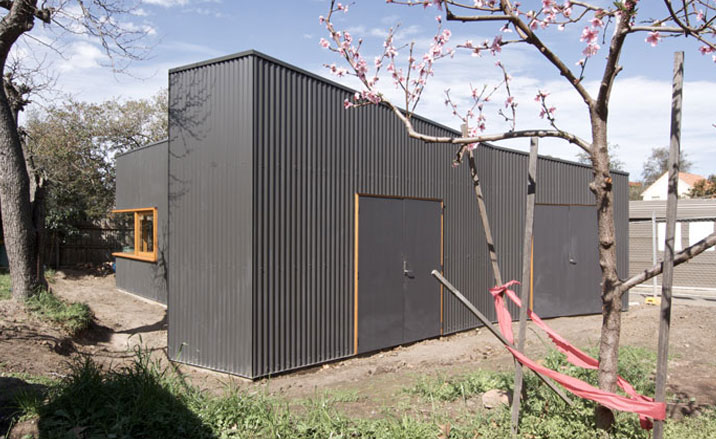
Located between two existing properties, the architects had to be particularly thorough with the positioning of the new volume in order to swerve Melbourne’s stringent planning laws.
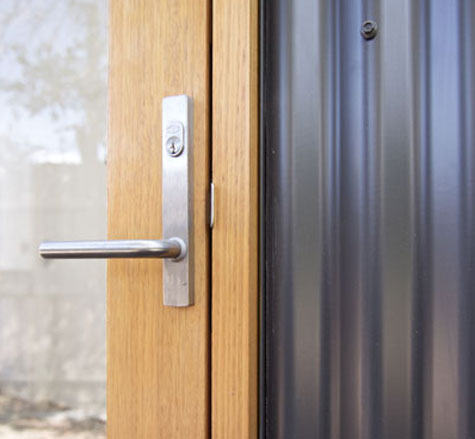
The solution was to design the building as two separate structures
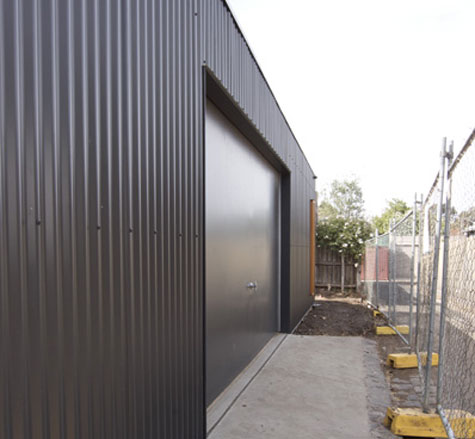
The outdoor and indoor areas of the Artist Studio are distinct, but also aesthetically united by the generous openings within the studio space.
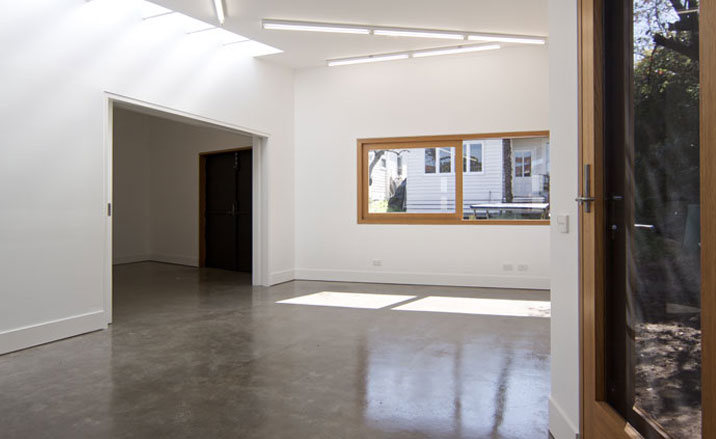
The Artist Studio’s well thought-out interior comes clean and neutral with plenty of open space for painting.

Bright and airy, Open Studio have designed the space with both flexibility and clarity in mind.
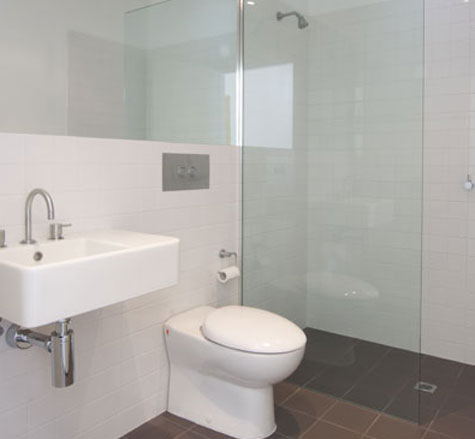
Specialising in both combined and separate living and working environments, the architects at Open Studio have developed the Artist Studio with every eventuality in mind.
Receive our daily digest of inspiration, escapism and design stories from around the world direct to your inbox.
Ellie Stathaki is the Architecture & Environment Director at Wallpaper*. She trained as an architect at the Aristotle University of Thessaloniki in Greece and studied architectural history at the Bartlett in London. Now an established journalist, she has been a member of the Wallpaper* team since 2006, visiting buildings across the globe and interviewing leading architects such as Tadao Ando and Rem Koolhaas. Ellie has also taken part in judging panels, moderated events, curated shows and contributed in books, such as The Contemporary House (Thames & Hudson, 2018), Glenn Sestig Architecture Diary (2020) and House London (2022).
-
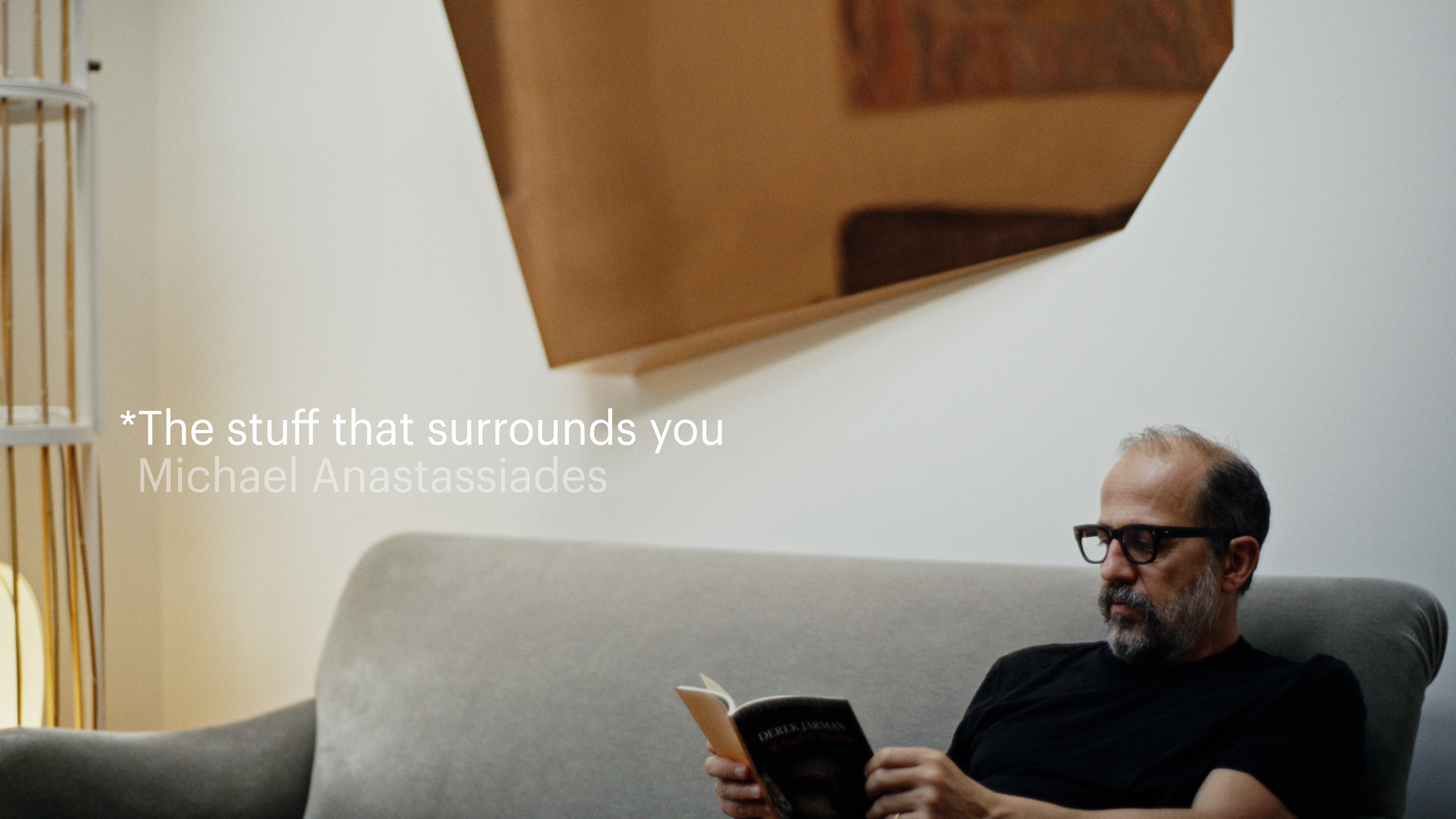 The Stuff That Surrounds You: Inside the home of designer Michael Anastassiades
The Stuff That Surrounds You: Inside the home of designer Michael AnastassiadesIn The Stuff That Surrounds You, Wallpaper* explores a life through objects. In this episode, we step inside one of the most considered homes we've ever seen, where Anastassiades test drives his own creations
-
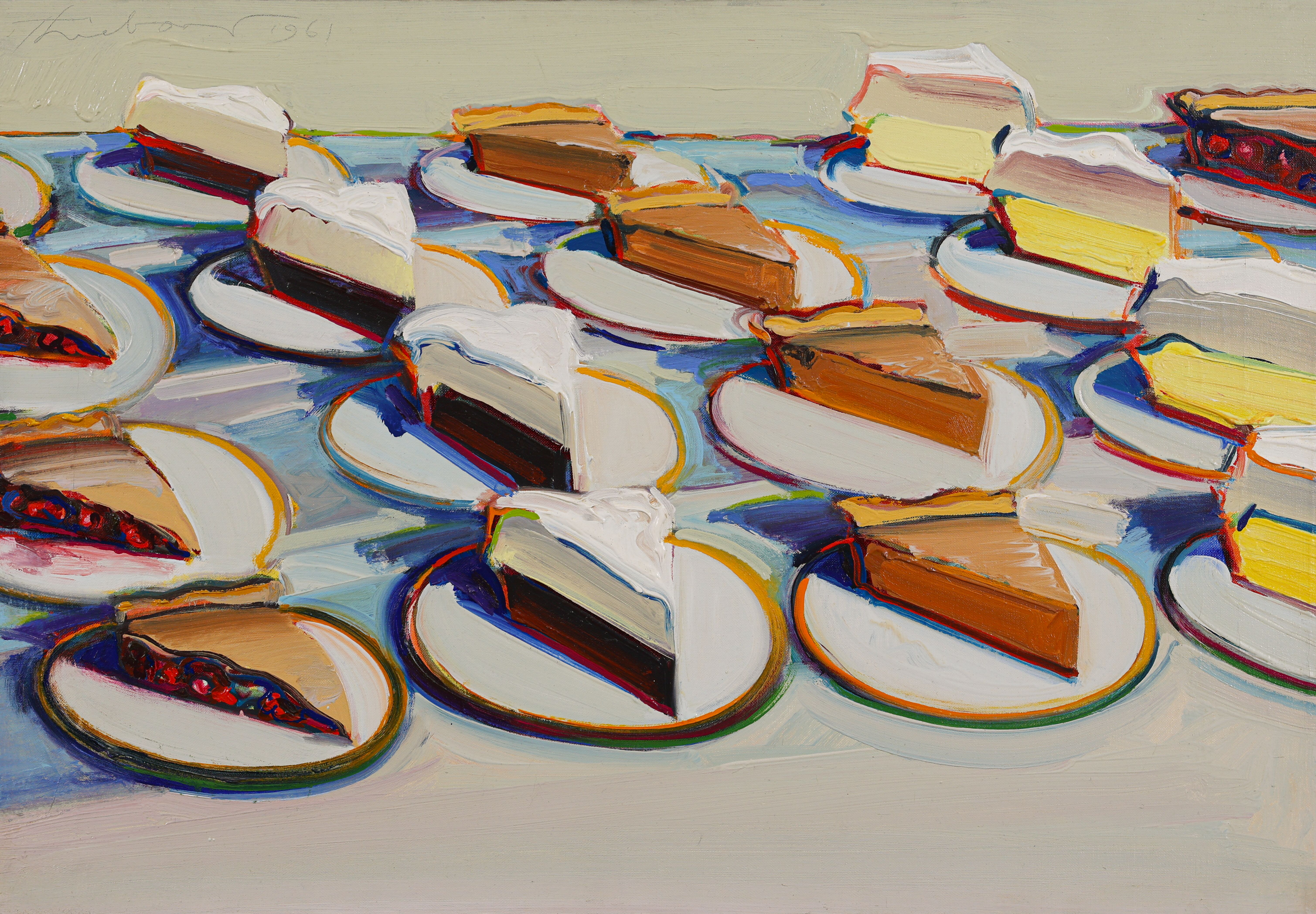 Why are Wayne Thiebaud’s paintings at the Courtauld so tempting?
Why are Wayne Thiebaud’s paintings at the Courtauld so tempting?The American artist’s thickly painted slices of cake at the Courtauld are some of our favourite artworks seen this year. What makes them so special?
-
 Taiwan’s new ‘museumbrary’ is a paradigm-shifting, cube-shaped cultural hub
Taiwan’s new ‘museumbrary’ is a paradigm-shifting, cube-shaped cultural hubPart museum, part library, the SANAA-designed Taichung Green Museumbrary contains a world of sweeping curves and flowing possibilities, immersed in a natural setting
-
 The Architecture Edit: Wallpaper’s houses of the month
The Architecture Edit: Wallpaper’s houses of the monthFrom wineries-turned-music studios to fire-resistant holiday homes, these are the properties that have most impressed the Wallpaper* editors this month
-
 An Australian holiday home is designed as a bushfire-proof sanctuary
An Australian holiday home is designed as a bushfire-proof sanctuary‘Amongst the Eucalypts’ by Jason Gibney Design Workshop (JGDW) rethinks life – and architecture – in fire-prone landscapes, creating a minimalist holiday home that’s meant to last
-
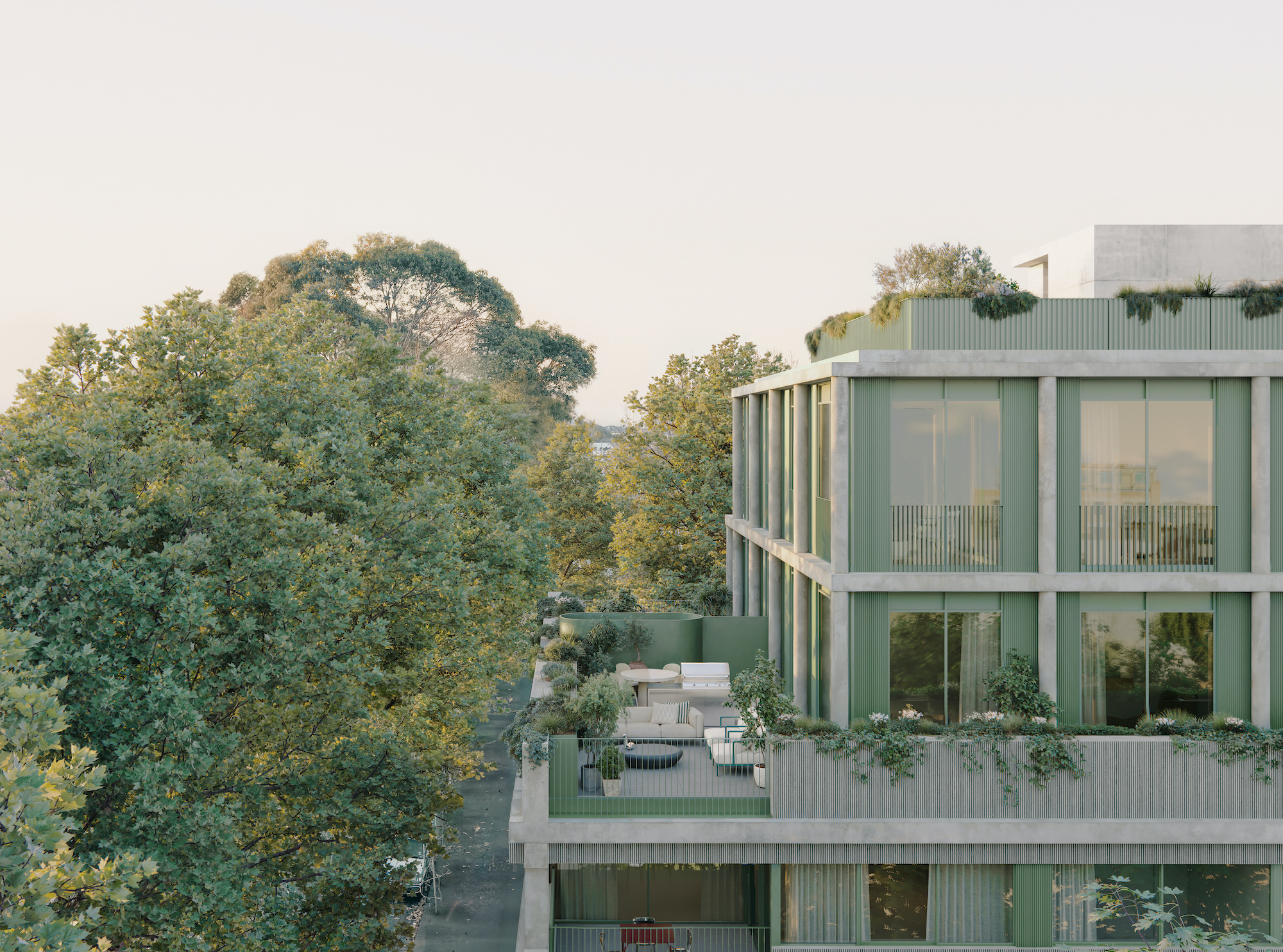 Neometro is the Australian developer creating homes its founders ‘would be happy living in’
Neometro is the Australian developer creating homes its founders ‘would be happy living in’The company has spent 40 years challenging industry norms, building design-focused apartment buildings and townhouses; a new book shares its stories and lessons learned
-
 The Melbourne studio rewilding cities through digital-driven landscape design
The Melbourne studio rewilding cities through digital-driven landscape design‘There's a lack of control that we welcome as designers,’ say Melbourne-based landscape architects Emergent Studios
-
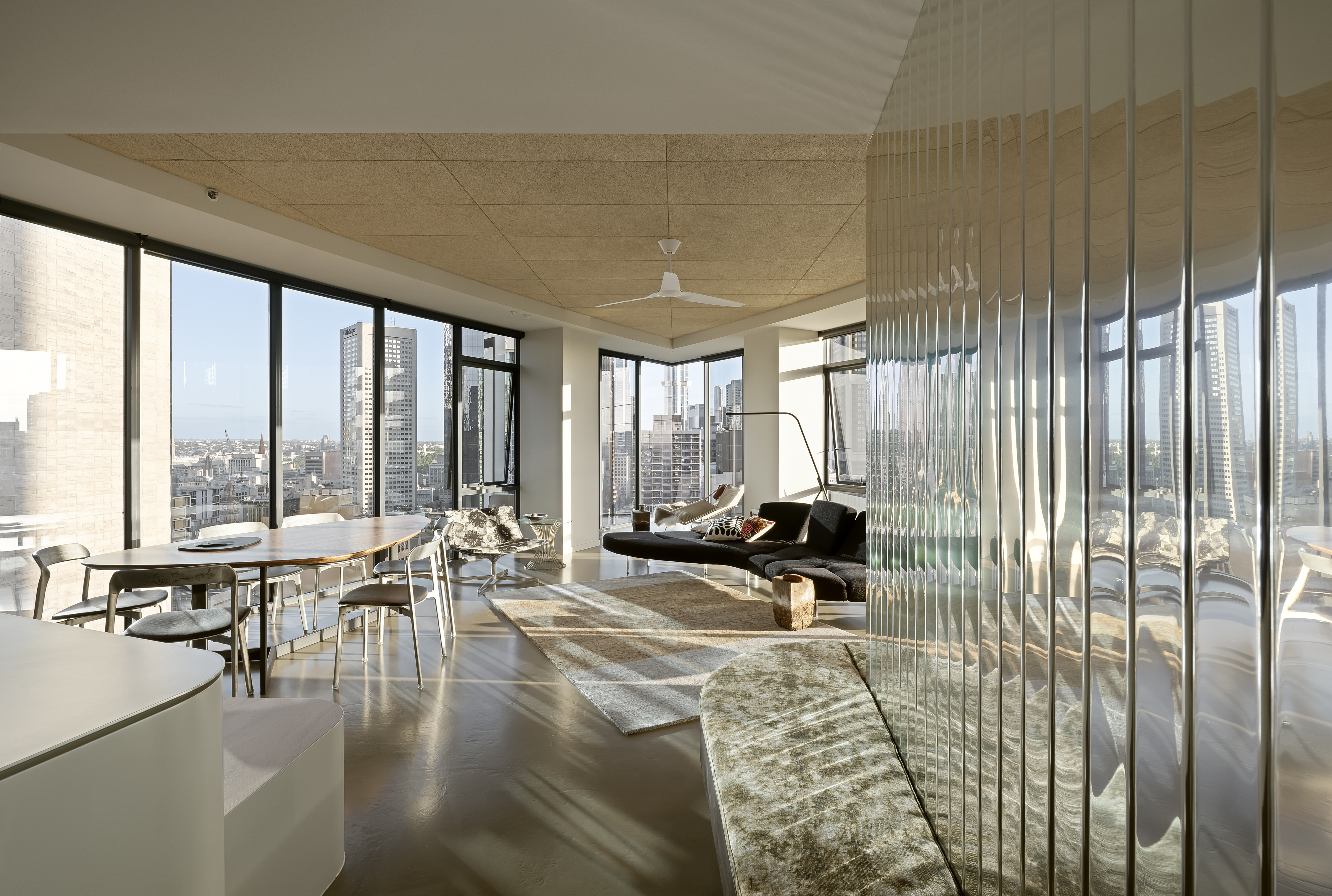 A Republic Tower apartment refresh breathes new life to a Melbourne classic
A Republic Tower apartment refresh breathes new life to a Melbourne classicLocal studio Multiplicity's refresh signals a new turn for an iconic Melbourne landmark
-
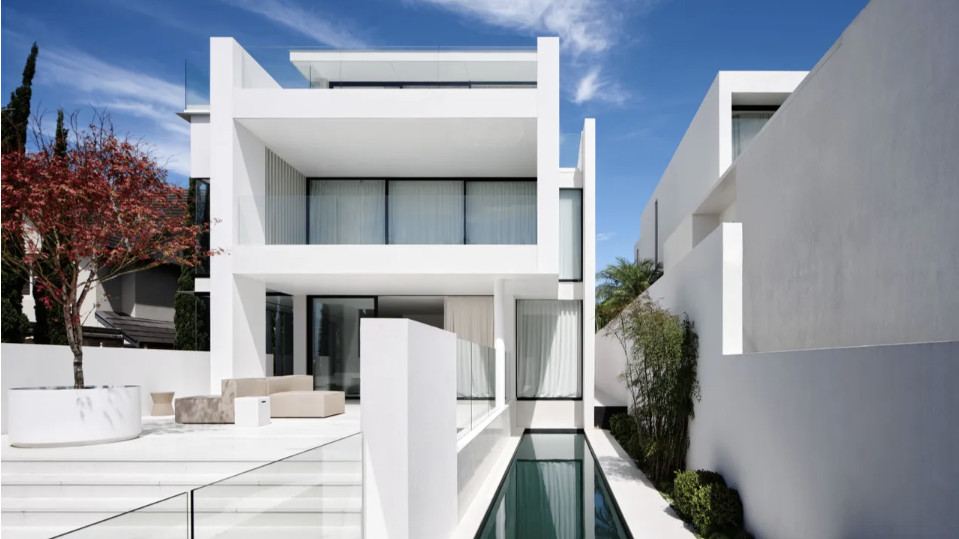 A Japanese maple adds quaint charm to a crisp, white house in Sydney
A Japanese maple adds quaint charm to a crisp, white house in SydneyBellevue Hill, a white house by Mathieson Architects, is a calm retreat layered with minimalism and sophistication
-
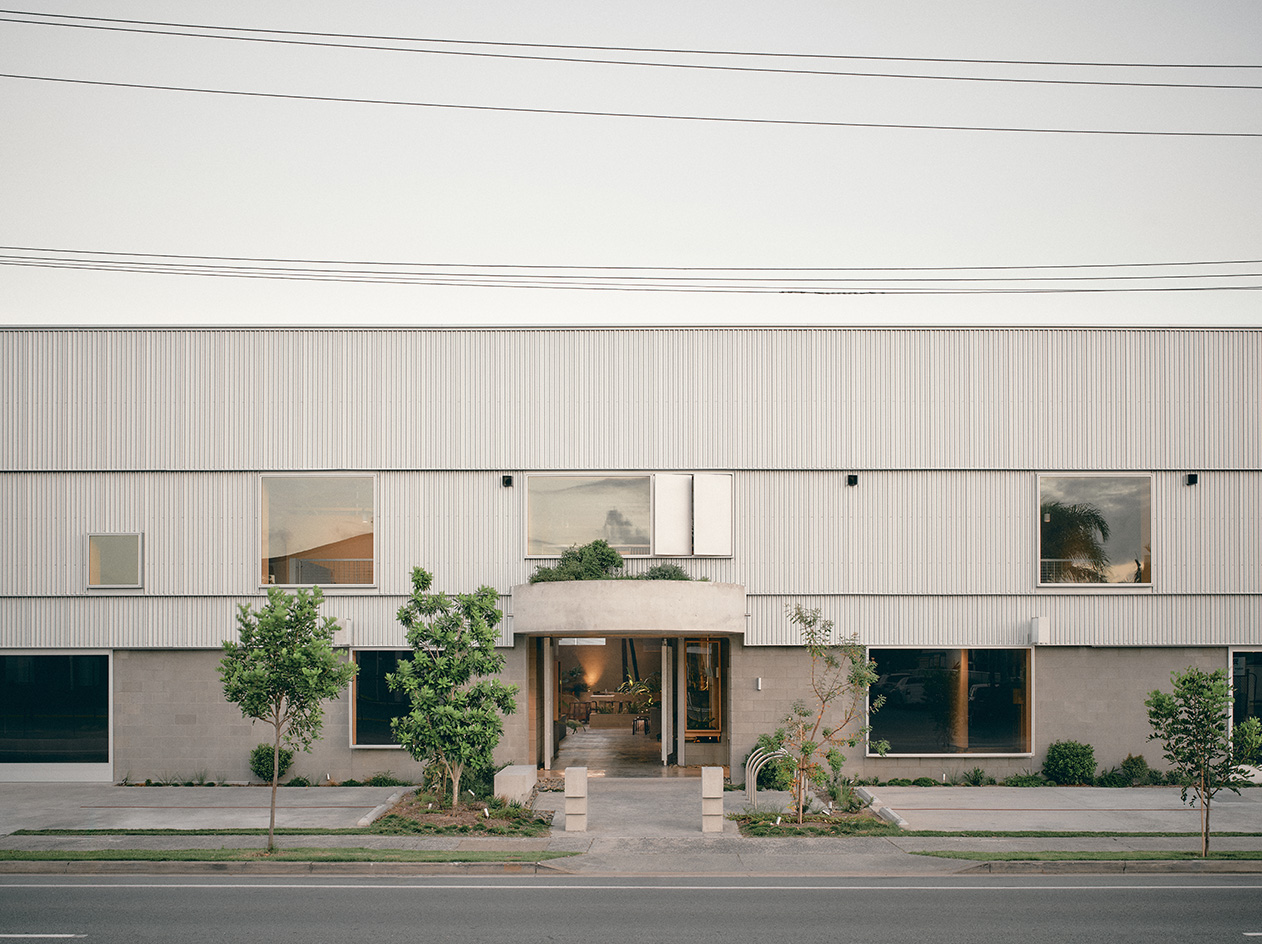 A redesigned warehouse complex taps into nostalgia in Queensland
A redesigned warehouse complex taps into nostalgia in QueenslandA warehouse in Queensland has been transformed from neglected industrial sheds to a vibrant community hub by architect Jared Webb, drawing on the typology's nostalgic feel
-
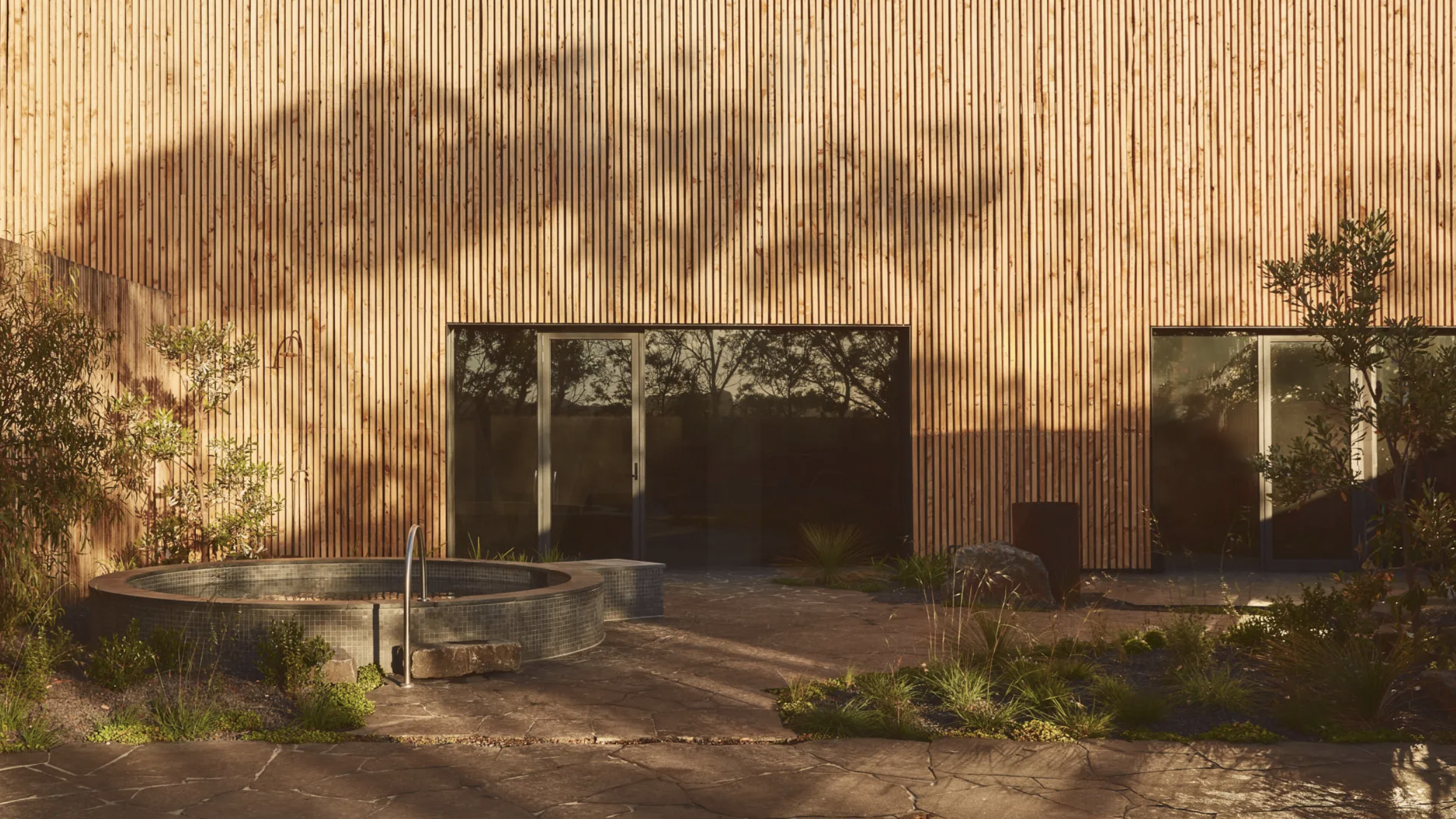 Australian bathhouse ‘About Time’ bridges softness and brutalism
Australian bathhouse ‘About Time’ bridges softness and brutalism‘About Time’, an Australian bathhouse designed by Goss Studio, balances brutalist architecture and the softness of natural patina in a Japanese-inspired wellness hub